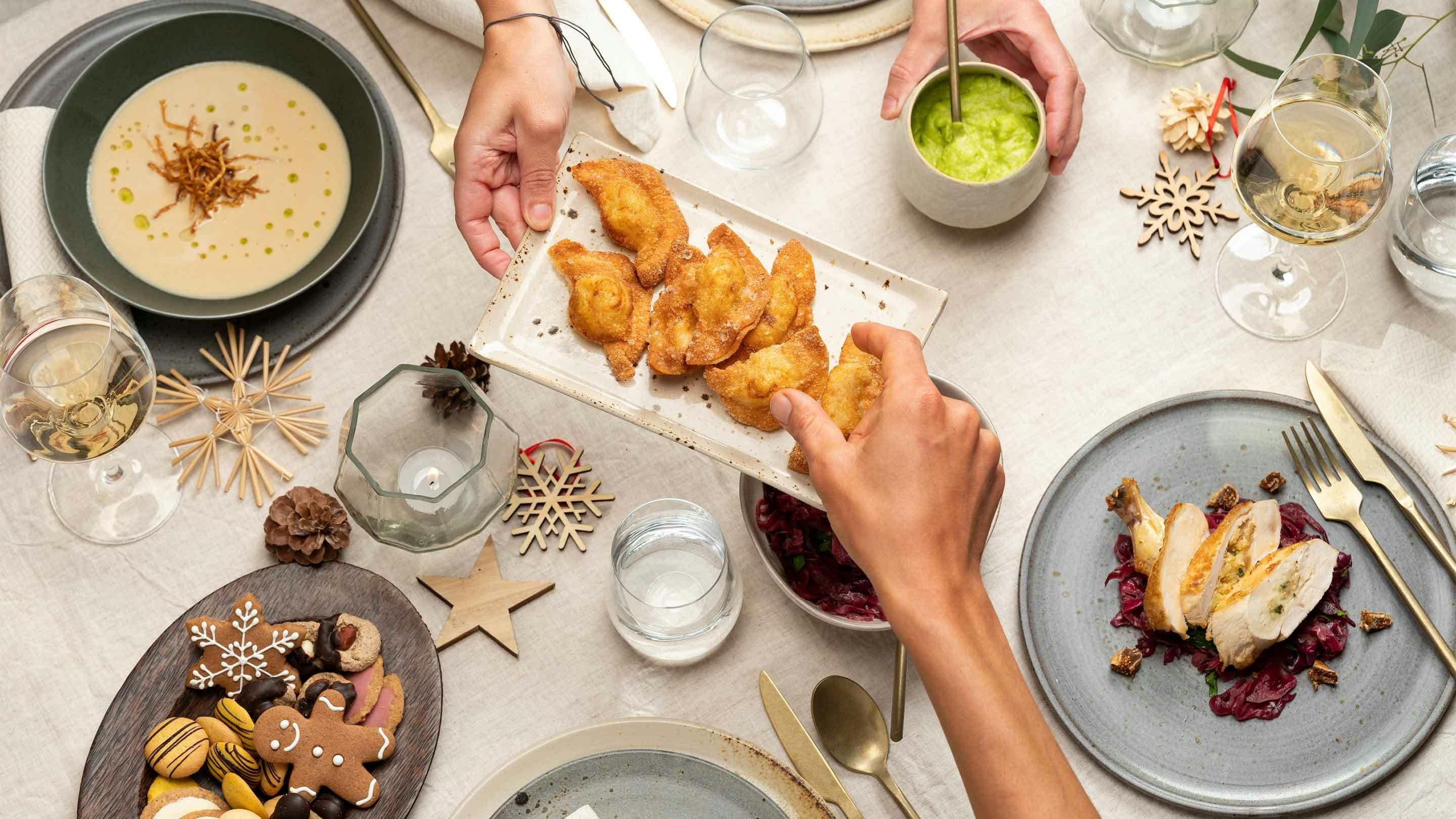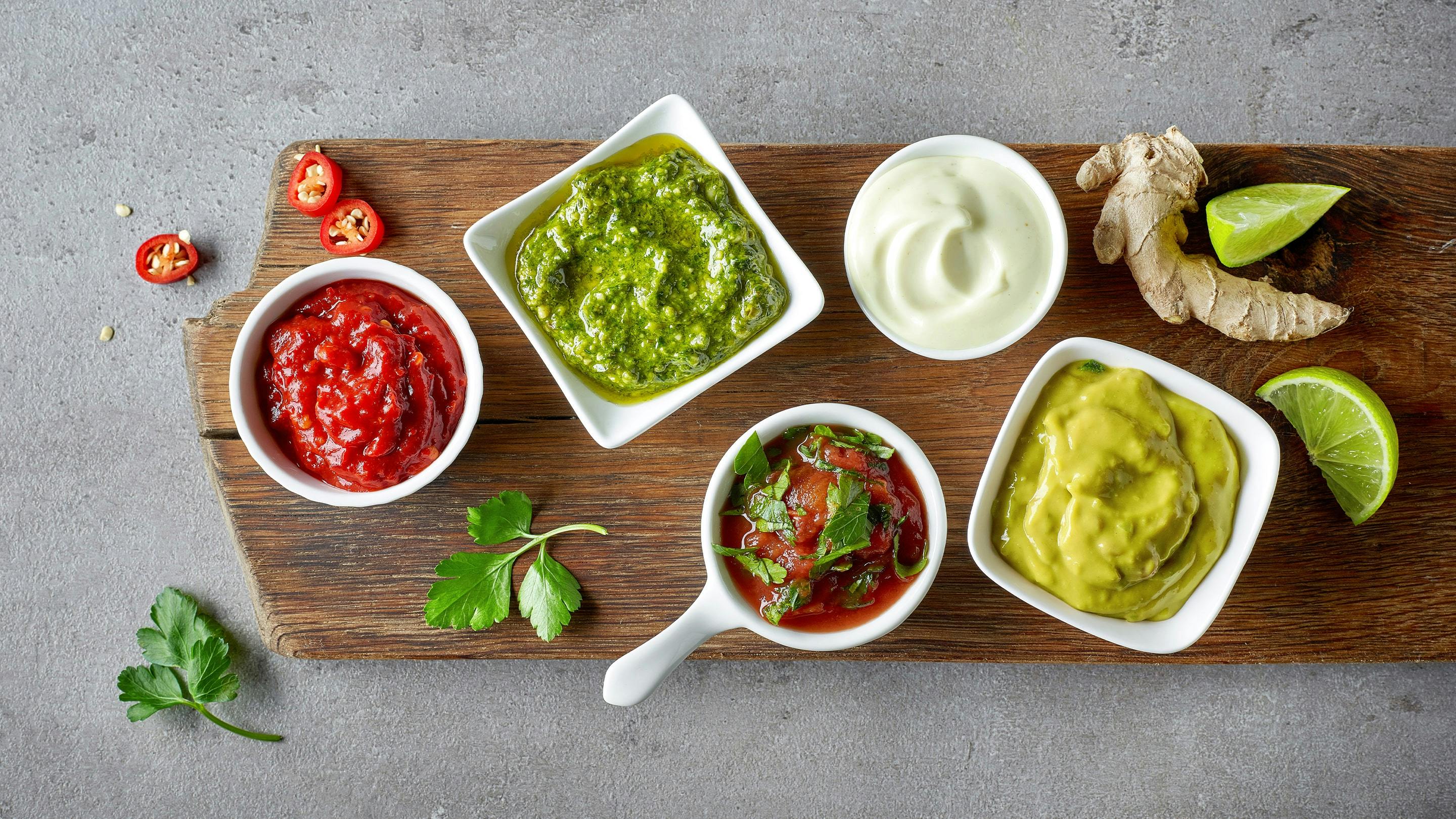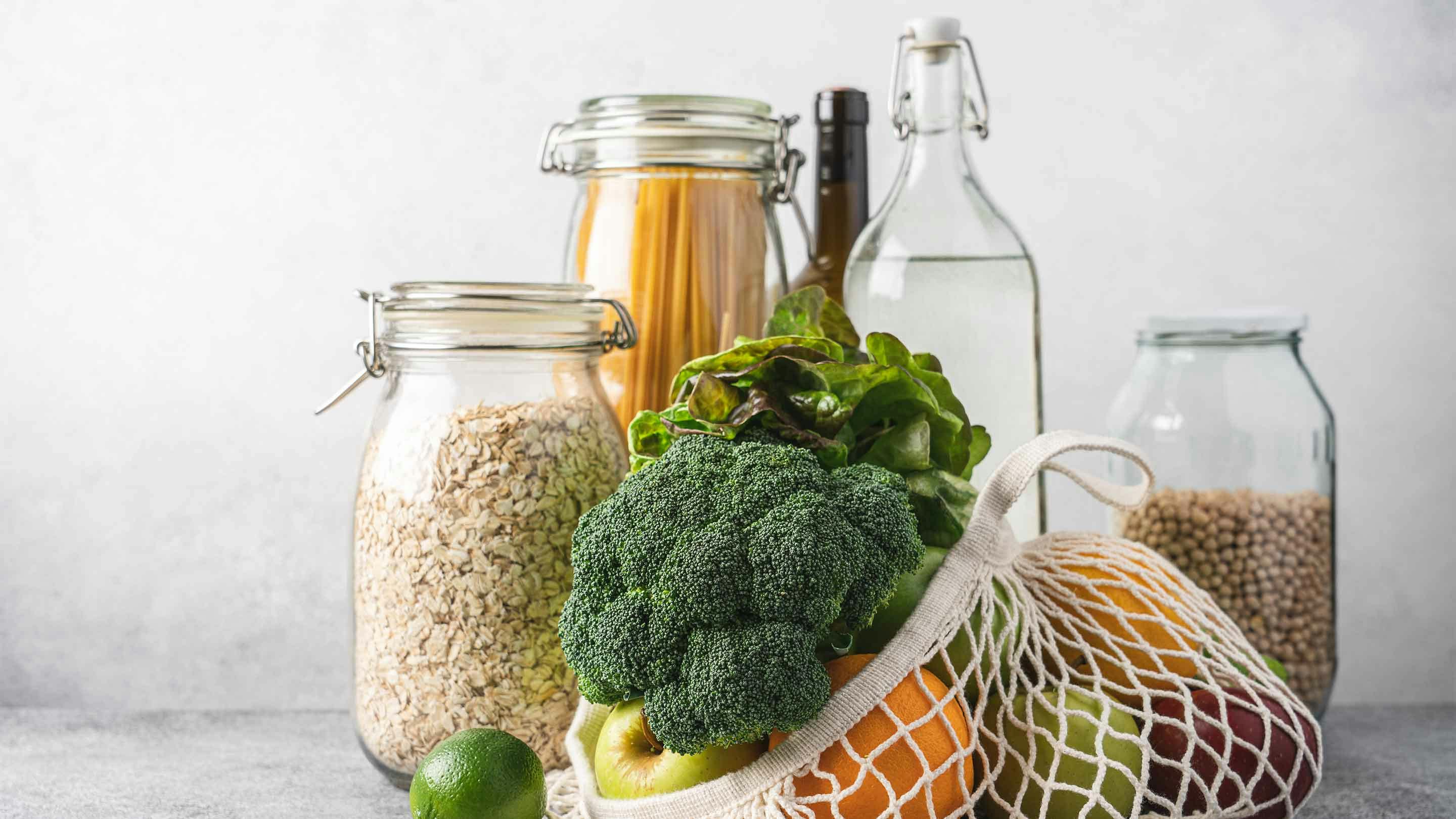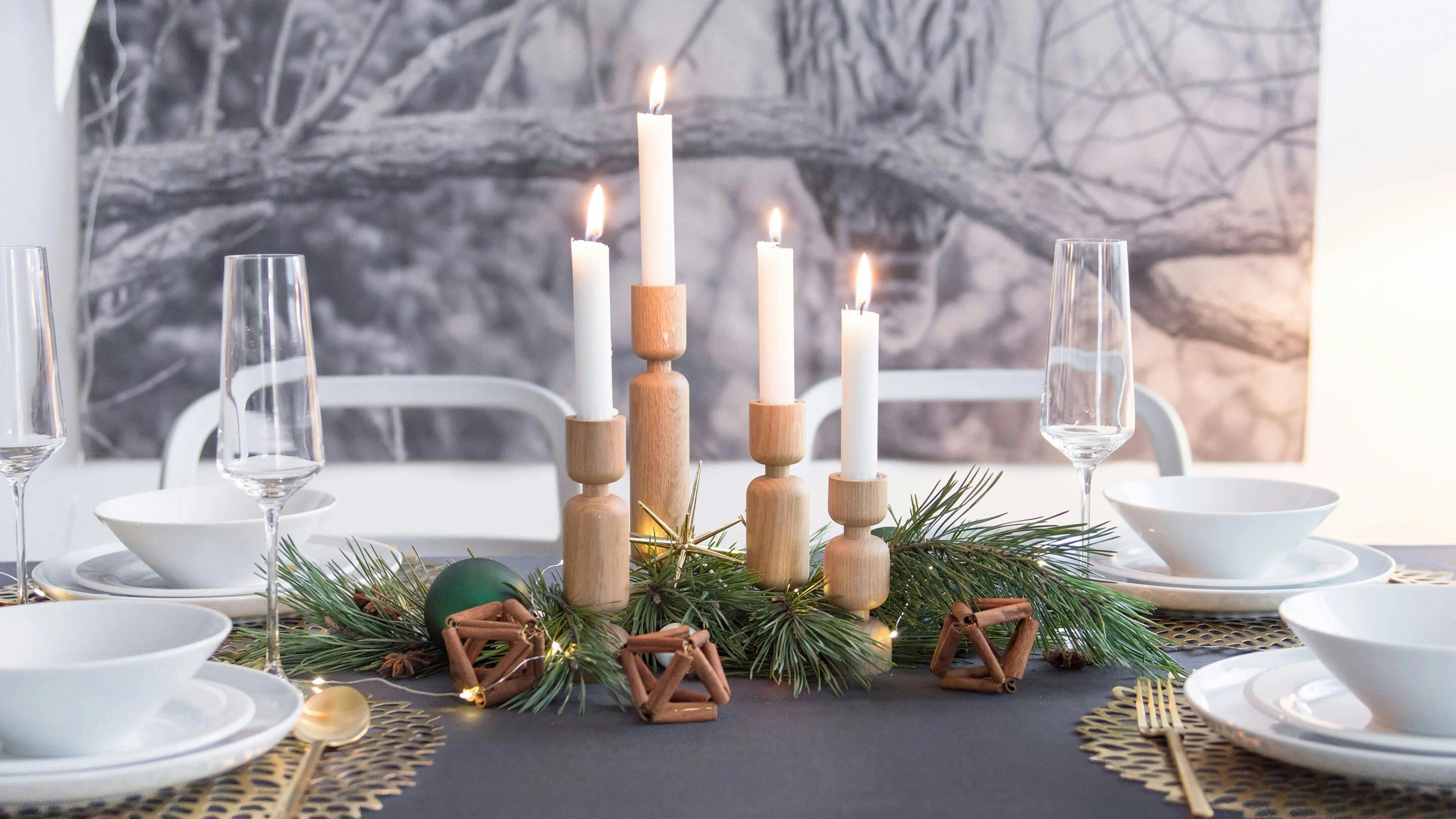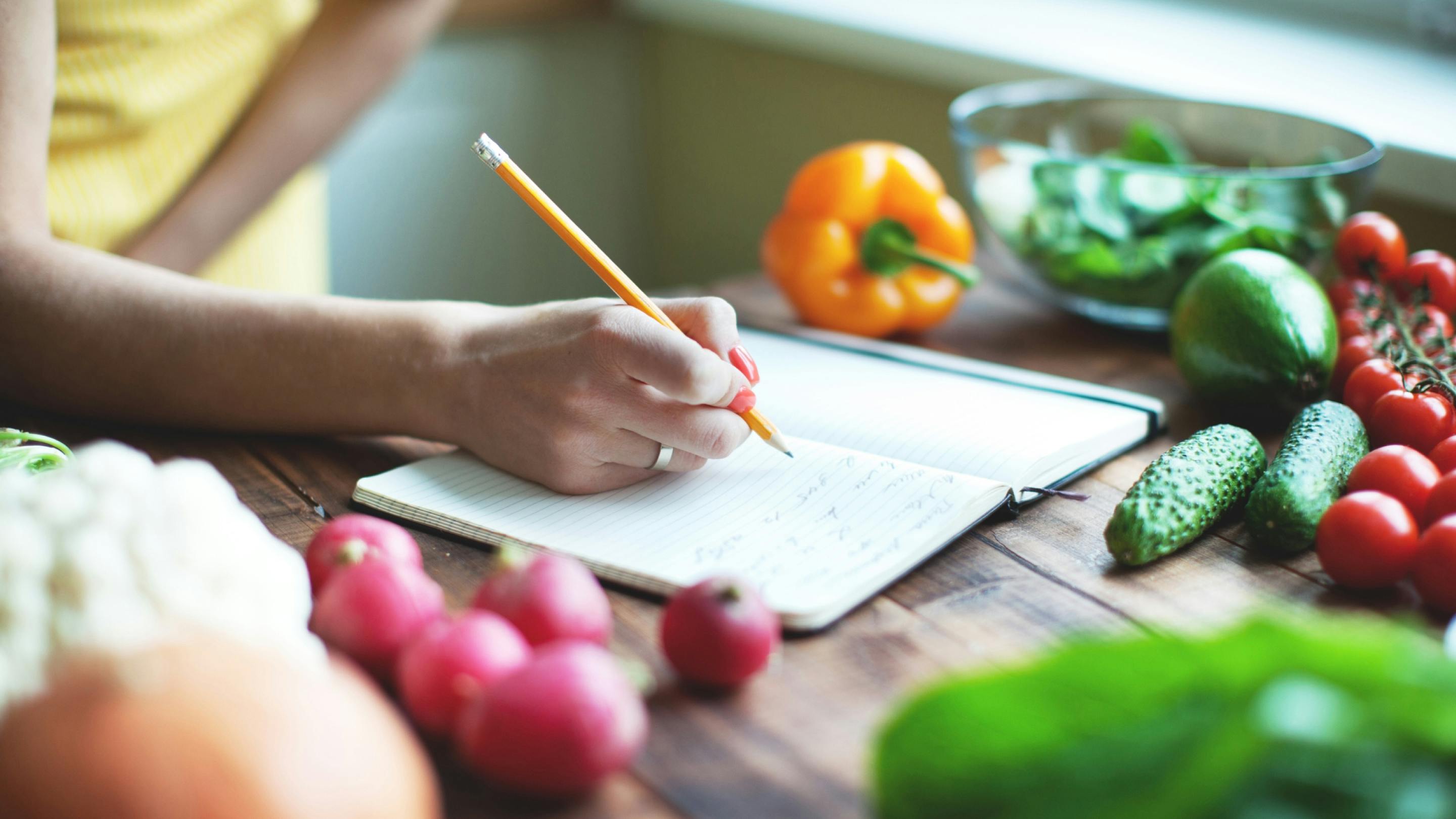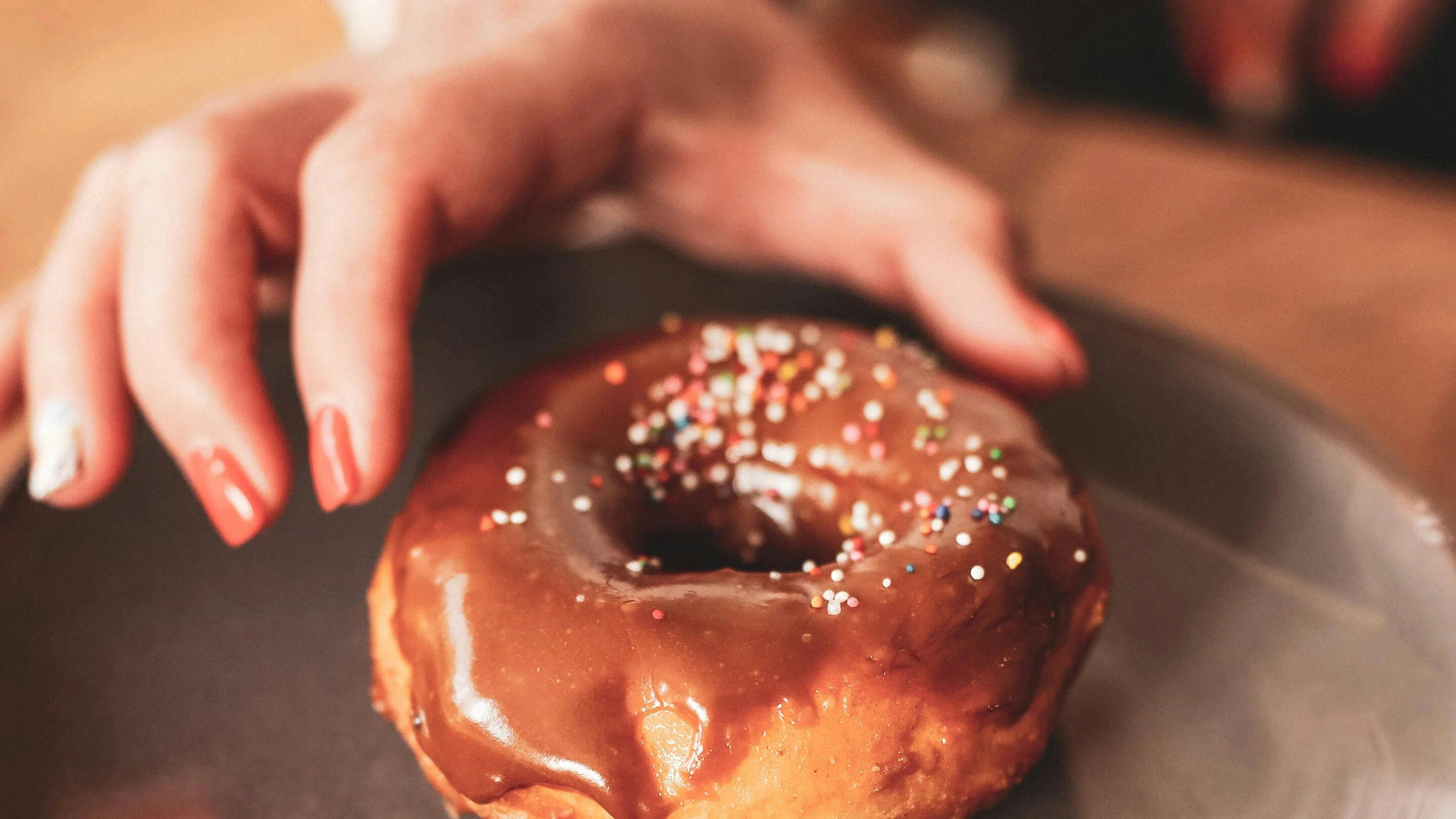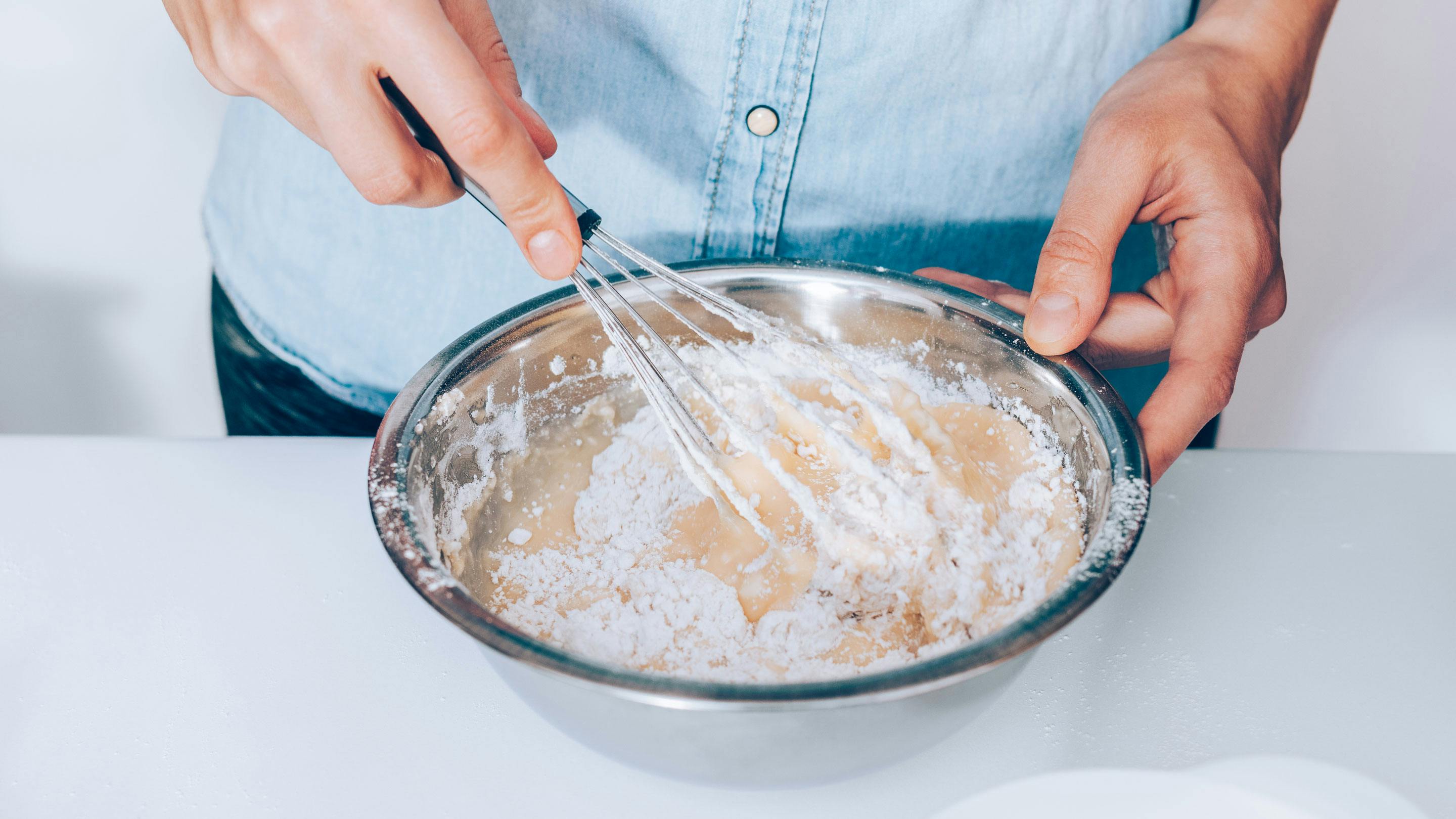Sweet on savoury? With soup or starter? We explain how you can easily put together a stunningly harmonious Christmas menu.
Before you start choosing your dishes, you need to clarify a few things. For example, are there any dietary habits of your guests that you should take into consideration? Perhaps there is a vegetarian, a vegan or someone with gluten or lactose intolerances in the group? Or a person who doesn’t eat something in particular – tomatoes, for example? It’s best to find out early enough so that you can adjust the list of ingredients in your dishes accordingly. Speaking of lists: Thoroughly planning your courses with a shopping list and timing in the kitchen definitely pays off. Some dishes are great to prepare in advance and keep in the fridge. It’s better to avoid dishes that need to be cooked to perfection (such as fish fillets). It’s better to choose simple dishes, as this will make you much more relaxed, and you’ll have more fun on the big night. You should also prepare everything you can – for example, peeling and chopping vegetables.
The general order of a classic menu is: the cold starter before the soup, followed by the warm starter and the main course before dessert. When choosing the individual courses, particular attention should be paid to flavour and texture, and the ingredients of individual dishes should not be repeated – this also applies to herbs and spices. It is often helpful to choose a theme for the menu. This limits the many possibilities somewhat. During the Christmas season, leeks and cabbage sprouts grow, as well as lettuce varieties such as lamb’s lettuce and chicory. Pumpkin, beetroot, celery, cabbage, potatoes, apples and pears are also available from stock. A feast made from regional and seasonal ingredients would make an interesting change, wouldn’t it?
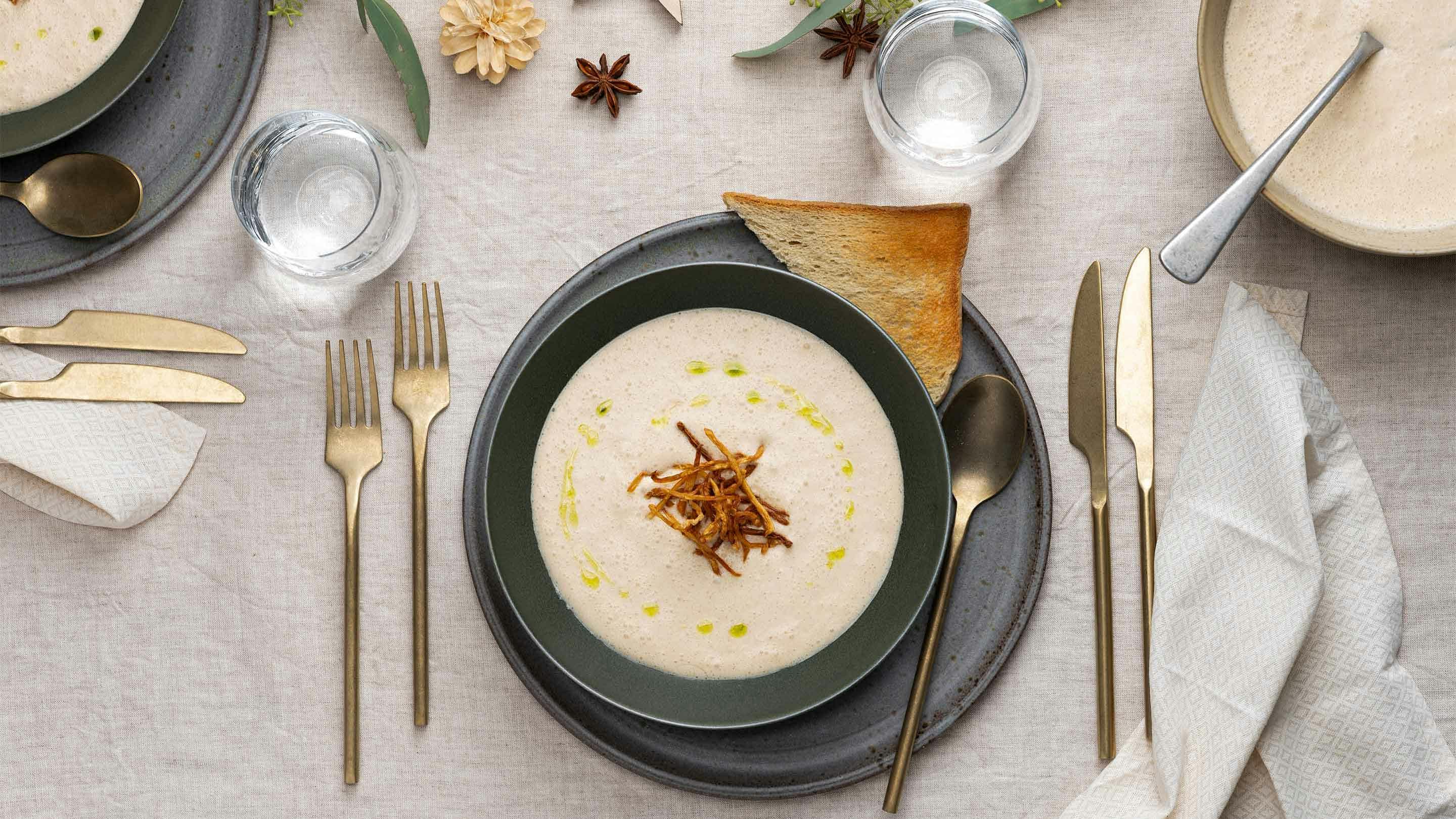
What are the best combos?
If you are serving a sumptuous main course such as a steak or other meat dish, you should adjust the starter. This is less about the quantity of your appetiser and more about its composition. For example, a vegetarian starter or fish would be recommended. If you want to serve meat twice in your menu, the light-coloured meat (e.g. chicken) should end up on the plate before the dark meat (e.g. beef).
It’s best to think of your menu like a concert: You span a range from cold, mild and soft dishes to warm, savoury and rather firm dishes. This also means that a creamy soup should not be followed by a soft dish such as pasta, but something with more bite – the dessert is sometimes an exception here.
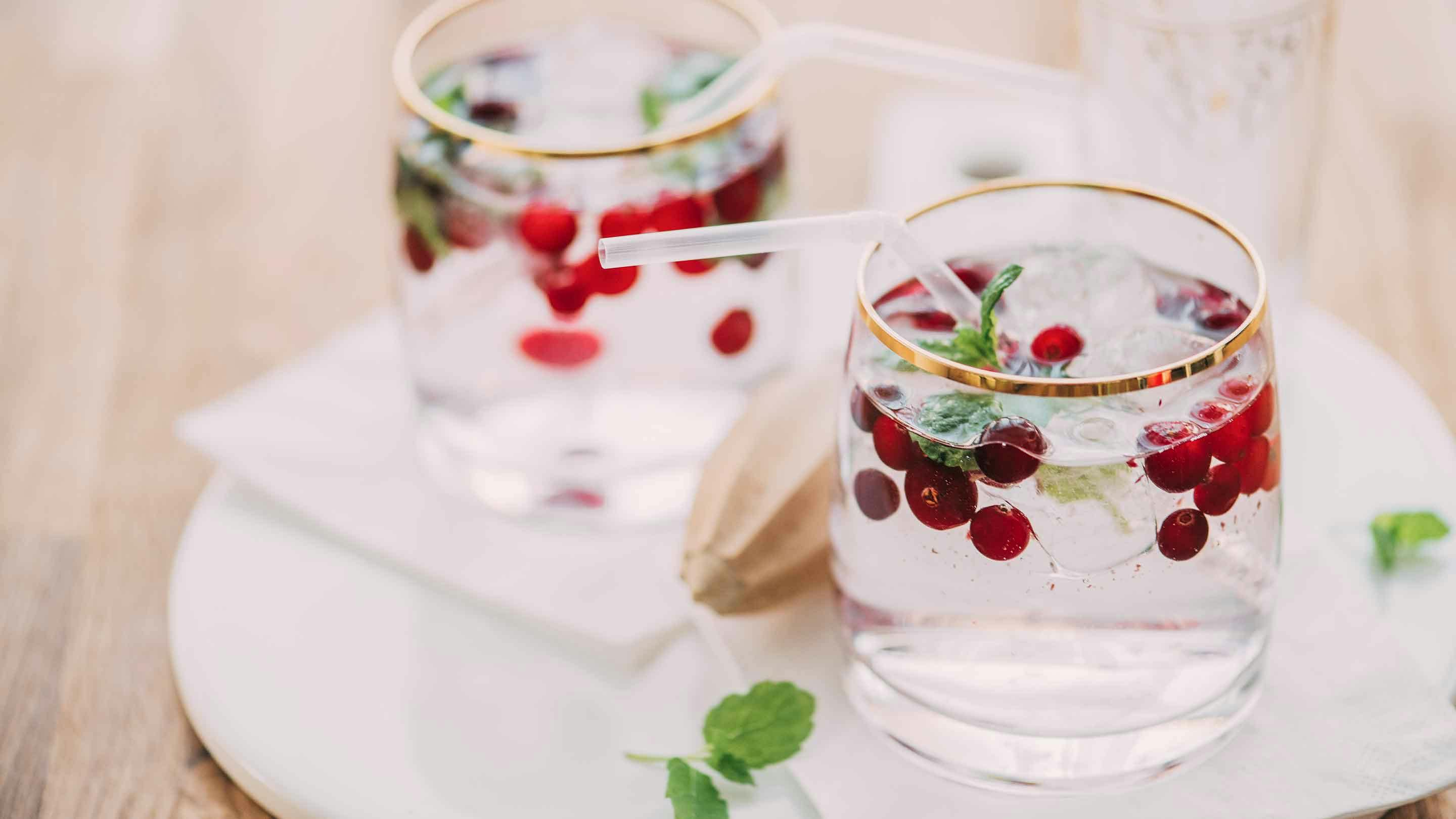
Spice up the web! Share this article on...
Read more
Currently Viewing: 1 of

